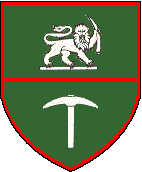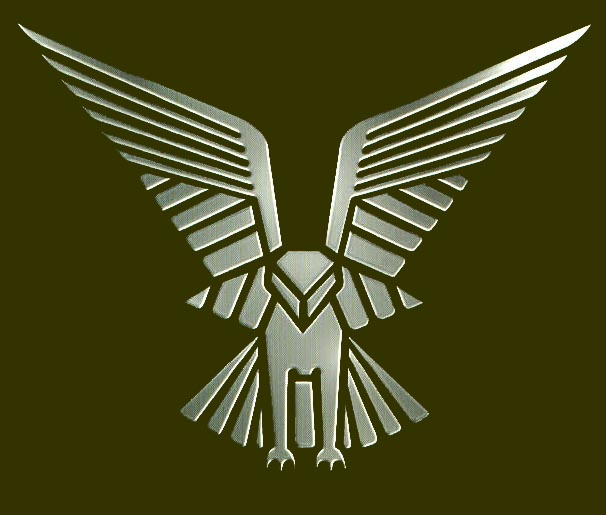|
The
first Rhodesian special force was raised in response to a recruiting campaign
for the Malayan Emergency and was to become ‘C’ Squadron of the
Malayan Scouts and subsequently the reconstituted SAS. When that task
ended the squadron of 250, all ranks, was based at Ndola in Northern
Rhodesia as part of the armed forces of Rhodesia and Nyasaland but when
the federation collapsed was reduced to a cadre. However, it later grew
again in response to the threat posed by the guerrilla wars in Angola
and Mozambique. Joint operations with the Portuguese took men of the
unit into combat and the Squadron saw continuous action from 1967 until
Rhodesia became Zimbabwe in 1980. In 1978 C Squadron was redesignated
the Rhodesian SAS and its all-white troops became the cadres for
squadrons.
Uniform was optional
when the unit was on operations and the distinguishing features of the
SAS were not worn. Men carried AK-47 automatic rifles or the SVD
Dragunov plus the 12.7mm Soviet heavy machine gun, or the usual Western
weaponry.
The
Selous Scouts were undoubtedly the most effective of the many Special
Forces, which have been used in Africa. Raised by Reid-Daly, an
ex-Rhodesian SAS officer, the ideals of that regiment were the basis
upon which he developed a unit specially tailored for the terrain and
type of action it encountered and endowed it with special skills such as
tracking. It was multi-racial so its members were able to pose as ZIPLA
or ZANLA guerrillas on both sides of its borders and thus identify the
guerrilla’s structure, composition and supply systems. Guerrilla
squads were then maneuvered into contact with conventional troops. Because
of the entangled nature of their operations with, at times, each side
posing as the other, there were cases of atrocities being perpetrated by
both sides, although the Scouts certainly did not deserve the infamous
reputation they got as a result of enemy propaganda.
The 17-day selection of the Scouts was similar to that of the SAS
with recruits being watched for ‘the real individual’ who would
emerge after starvation, hardship and exhaustion, the latter being
ensured by speed-marches of 32 km (20 miles), of which the last 12 km
(7.5 miles) had to be done in two and a half hours while carrying a sand
bag. The dedicated few that passed this test were then examined for a
blend of gregariousness and self-sufficiency. Their emblem was a
silver-winged Osprey badge worn on a brown beret.
On operations there was
much overlap between Scouts and SAS, although the former tended to work
mostly in the tribal lands on foot while the SAS tended to do those
operations involving HALO or small-boat raids (for the purpose of
intelligence gathering across borders) and attacks on guerrilla bases in
conjunction with the Rhodesian Light Infantry (RLI).
Together
these three elite fighting units, the Rhodesian SAS, the Selous Scouts
and the Rhodesian Light Infantry Commandos saw some of the fiercest
action of the counter-terrorist war. Between them they were responsible
for more enemy dead per man than any other military unit.
Since the end of the war in 1980, these units have been
disbanded, but many of their former members are serving with other
armies, either in South Africa or elsewhere, where their skills and
experience are being put to use in similar conflicts.
(END)
***SOURCE***
This article is from THE SPECIAL FORCES - A History of the World's Elite
Fighting Units, by Peter Macdonald.
|




